Hands-On with Asus Zenfone 3 Series
Oct 6, 2016, 10:00 AM by Eric M. Zeman
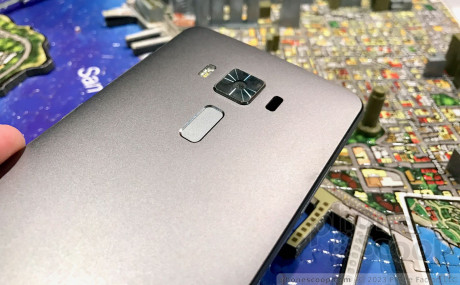
Asus is bringing its Zenfone 3 series of devices to the U.S. this month. This quartet of Android smartphones is attractive thanks to all-metal designs, good build quality, and solid specs. Asus is covering a broad range of price points by changing up the components within each phone, but all four share a commonality that makes them family through and through. Here are our first impressions of the Asus Zenfone 3.
The Zenfone 3 Series phones are so similar it's almost impossible to tell them apart. Only the Laser stands apart from its stablemates thanks to a slightly different design. The Deluxe 5.7 Special Edition, Deluxe 5.7, and Deluxe 5.5 are, for all intents and purposes, identical. The only discernible difference is the ever-so-slghtly smaller footprint of the Deluxe 5.5. Really, handling all four phones together was quite confusing and even Asus' staffers had a hard time telling them apart. That should tell you something.
These phones are really nice. The aluminum unibody chassis is slim and attractive. Asus polished some chamfers along the front and rear edges, which help define the phone's shape and give it some visual flair. The rear panel is gently rounded to help the phone sit in your hand a bit better, and the outer edges are all curved. There are no hard edges and it feels smooth when held. I'm not going to say the Zenfone 3 Deluxe models are the most unique phones in the world, because they are not, but I think lots of people will find them appealing all the same.
Build quality is excellent. The metal and glass materials are top-notch and assembled tightly. The devices are strong, and match the feel of handsets such as the OnePlus 3 and Axon 7. They are definitely big. All three are about the size of the iPhone 7 Plus. The large screens mean the Deluxe models are two-handed phones. The slim profile makes them easy to slip into your pocket. The Deluxe 5.7 Special Edition and Deluxe 5.7 share identical footprints. The Deluxe 5.5 is fractionally smaller; in fact, you can't really tell the difference unless you hold the phones side by side.
I appreciate that Asus minimized the bezel around the display. The screen runs side-to-side and there is there is hardly any bezel above and below the display. The earpiece speaker, user-facing camera, and sensor array are clearly visible above the screen. Three capacitive buttons are wedged into the small bezel below the screen. These buttons worked well. The screen itself is very nice. The full HD AMOLED displays are bright, colorful, and sharp. Some might prefer to see quad HD at these sizes, but really they look good. As their names imply, the Deluxe 5.7 Special Edition, and Deluxe 5.7 have 5.7-inch screens, while the Deluxe 5.5 has a 5.5-inch display.
The SIM tray is the only functional element incorporated into the phone's left edge. It supports two SIM cards, or one SIM card and one memory card. This is a common configuration from Chinese handsets. The screen lock and volume toggle controls are on the right edge. Both have chamfered edges that help them stand out visually, and large profiles to help your thumb find them without looking. Travel and feedback are excellent. The headphone jack is on top and the USB-C port and speaker are on the bottom.
The metal rear panel has a hint of texture to it that I rather like. Your eyes are drawn to the camera array, which is near the top. The module itself is a raised, square platform with a shiny rim to make it pop. A dual LED flash is to th left and the laser-assisted focusing module is to the right. These are both vertical rectangles, as is the fingerprint sensor below the camera. The fingerprint sensor is set deep in an indentation, which helps you find it without looking. The reader has its own chrome rim for visual impact. Thanks to the unibody design, the battery is inaccessible. Asus was able to eliminate the antenna lines on the back, so the rear panel is uninterrupted.
Chinese manufacturers really love to screw around with the user interface of their Android phones and Asus is no different. The ZenUI 3.0 overlay is rather heavy-handed. The Android basics are all intact (adjustable home screens, Google apps, Quick Settings shade, app drawer, settings menus), but Asus applied a thick coat of its own app icons, fonts, themes, and so on. You may adjust ZenUI 3.0 to tone down some of these elements, but you can't override them entirely. The phones run quickly and efficiently. If you're wondering whether or not the Snapdragon 821 provided any sort of noticeable improvement over the Snapdragon 820, I can tell you that I didn't see any difference in the time I spent comparing the two.
I like these phones. They are quite appealing in their own way. Asus has come a long way with its industrial design and manufacturing. I think the Deluxe 5.7 Special Edition is overpriced at $799, despite the Snapdragon 821 and 256 GB of storage. You're better off saving $200 and sticking with the Deluxe 5.7. (If you're dying to spend $800 on a Snapdragon 821-equiped phone, I'd recommend the Google Pixel XL, instead.)
As for the Deluxe 5.5, the size differential and drop in specs give it a $399 price tag. It's a tough call between the 5.7 and 5.5. I wish the 5.5 were a bit smaller, which would make it easier to recommend for people who prefer more compact phones. As it is, the 5.5 is still phablet-sized.
So what about the Zenfone 3 Laser? It's smaller and a bit chubbier than the higher-end models. It has antenna lines that cross the aluminum back. The Laser has 2.5D glass that curves along the edges and it has a bit more evident bezel. That's it. Otherwise, all the design elements are the same. The biggest differences are found within. The Laser drops the camera quality, the processor, the RAM, and the storage in order to meet a highly-affordable $199 price point.
All four can be ordered online starting today.
Comments
No Asus Zenfone 3 Ultra ?
And of course the version that is available has been crippled when it comes to US LTE bands.
The Deluxe actually has very good LTE band support, including band 12 and AT&T's band 29 & 30, which is unusual in an unlocked phone.
The Laser's LTE band s...
(continues)


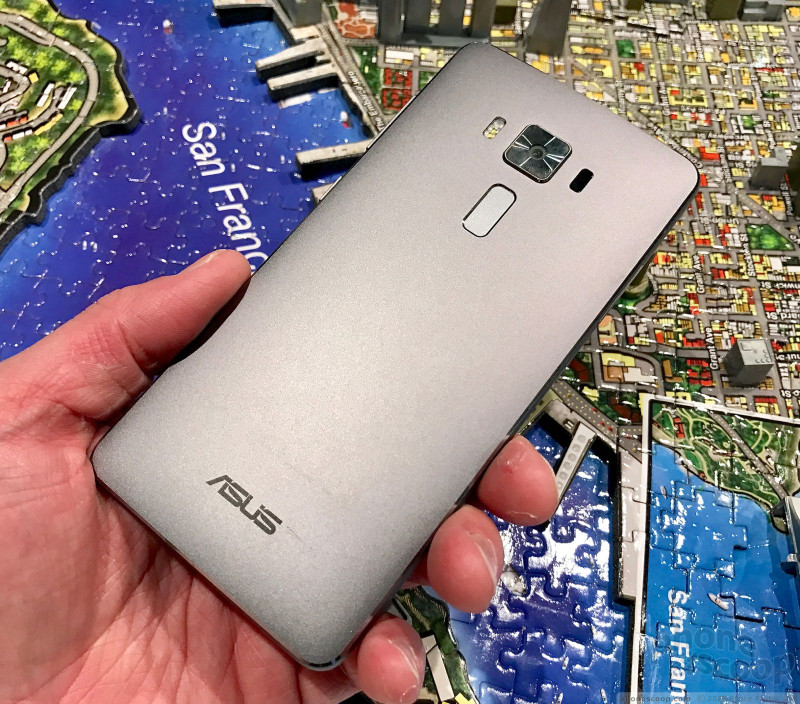






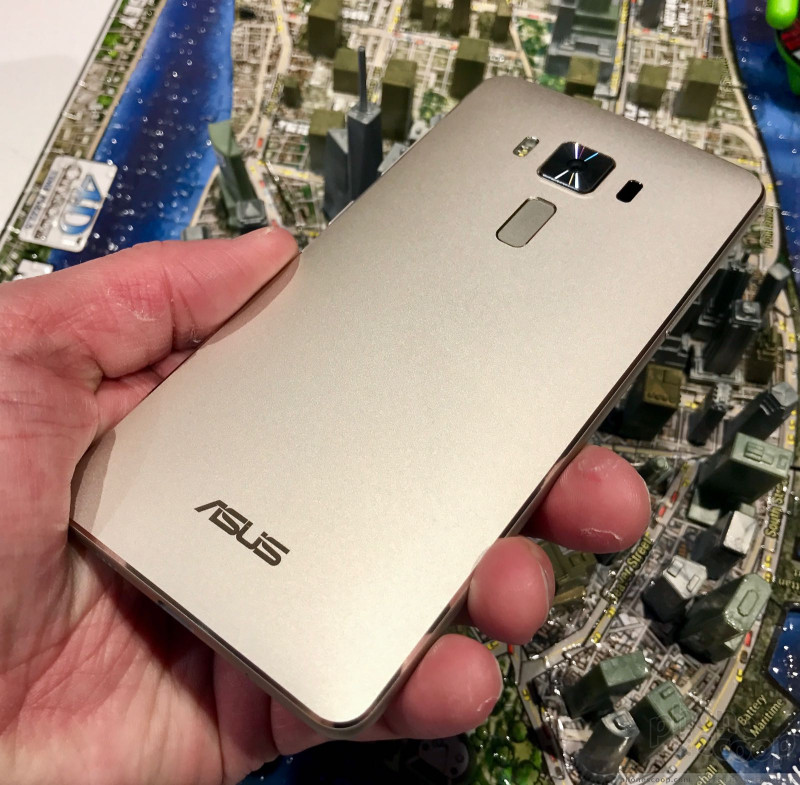










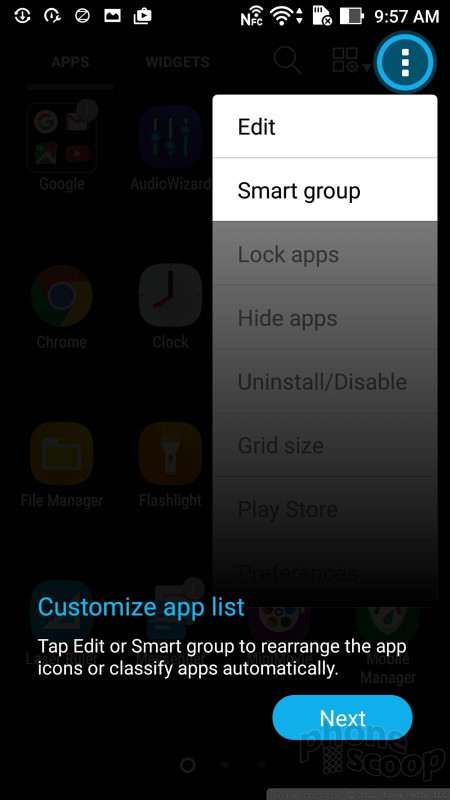








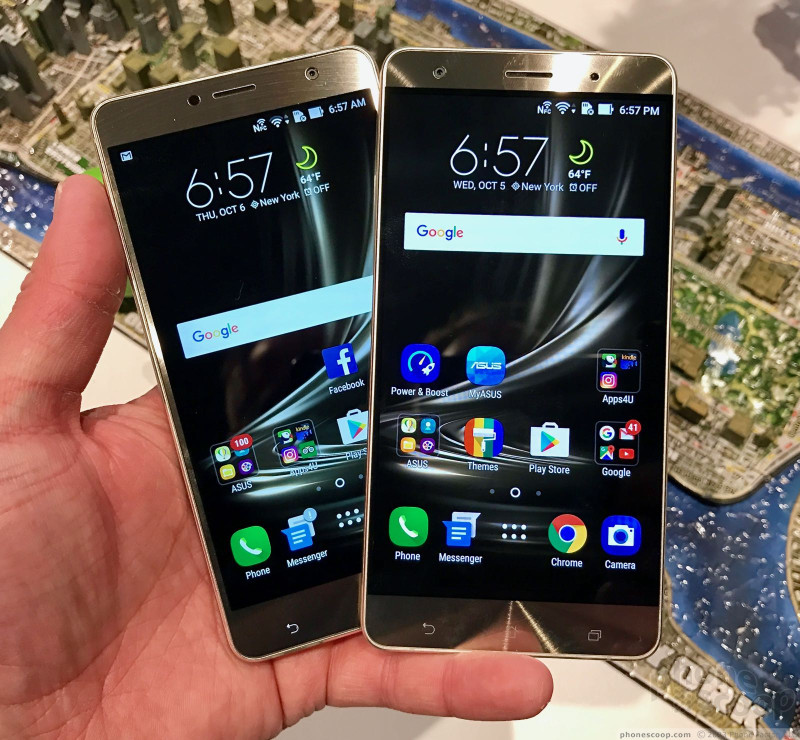



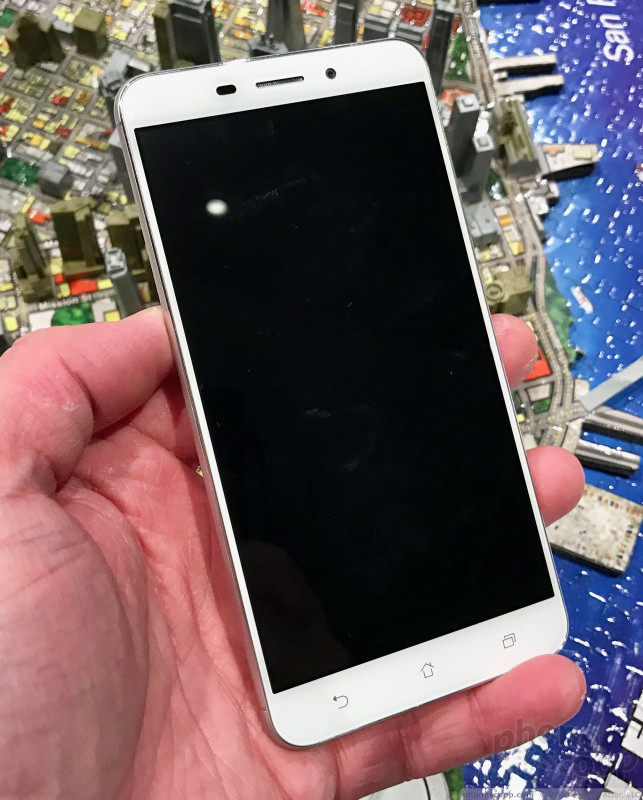









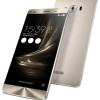 Asus' Zenfone 3 Series Goes On Sale This Month
Asus' Zenfone 3 Series Goes On Sale This Month
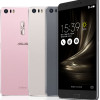 Asus Debuts A Trio of Zenfone 3 Smartphones
Asus Debuts A Trio of Zenfone 3 Smartphones
 Samsung Refreshes Galaxy S Series with S Pen, New Cameras
Samsung Refreshes Galaxy S Series with S Pen, New Cameras
 iPhone 14 Plus Offers a Big Screen For Less
iPhone 14 Plus Offers a Big Screen For Less
 iPhone 15 Series Goes All-In on USB-C and Dynamic Island
iPhone 15 Series Goes All-In on USB-C and Dynamic Island



